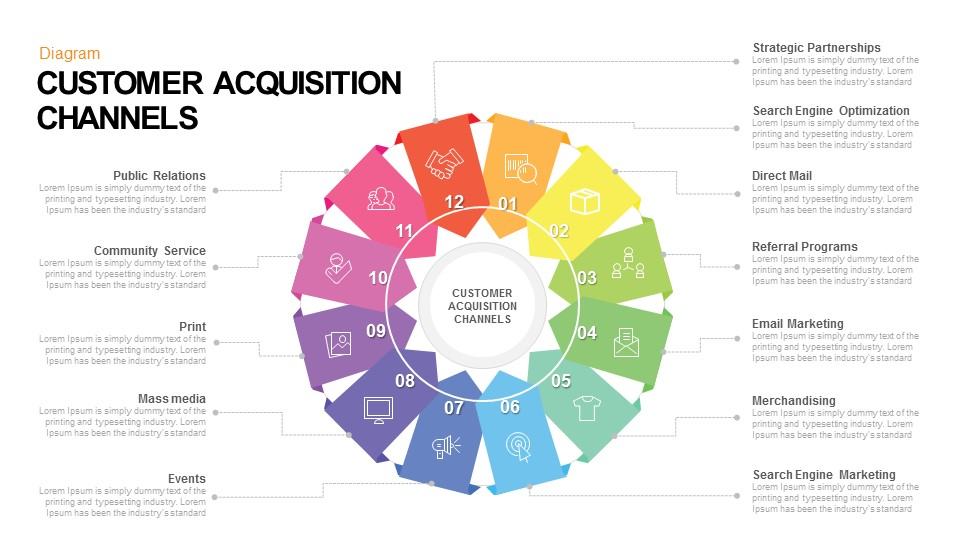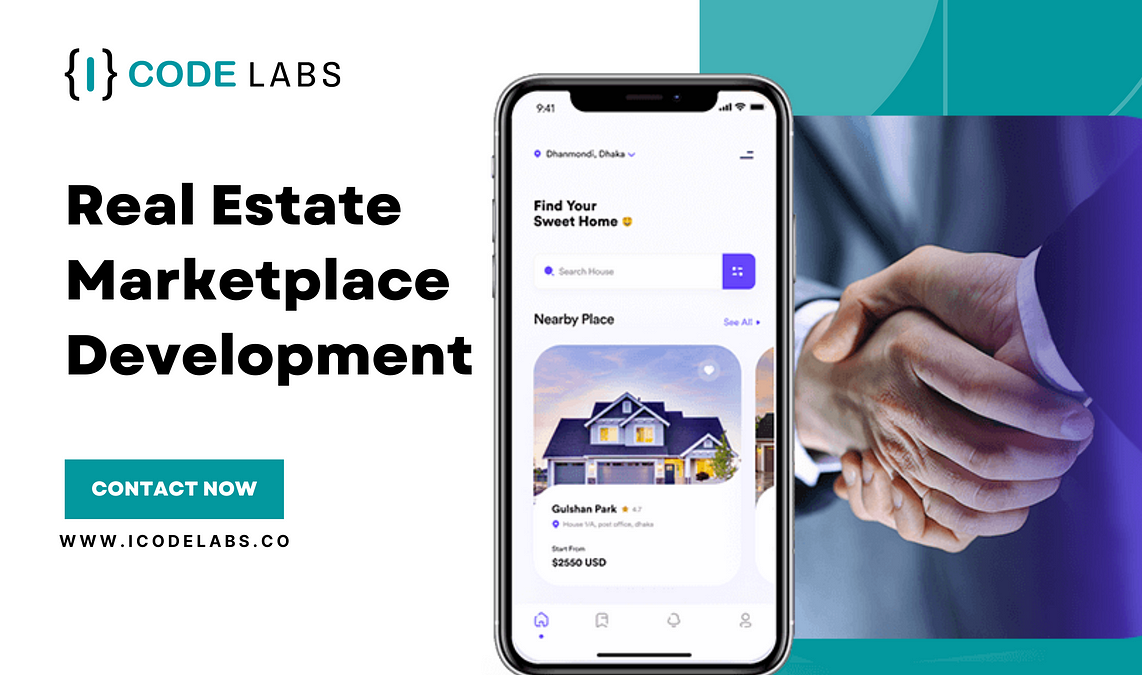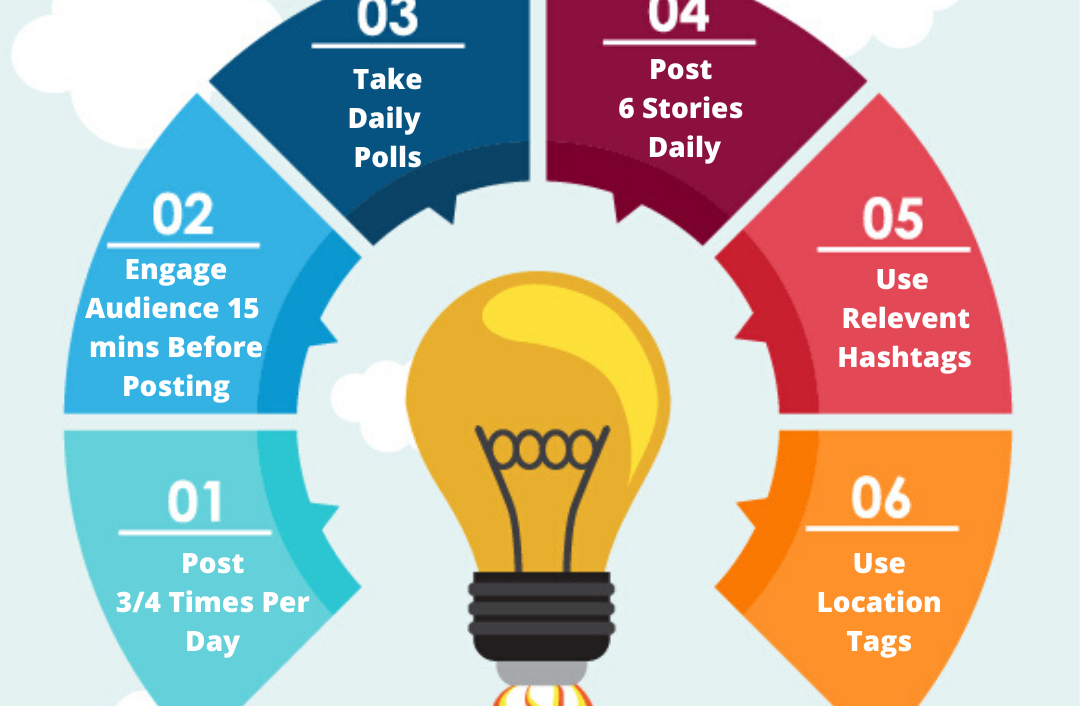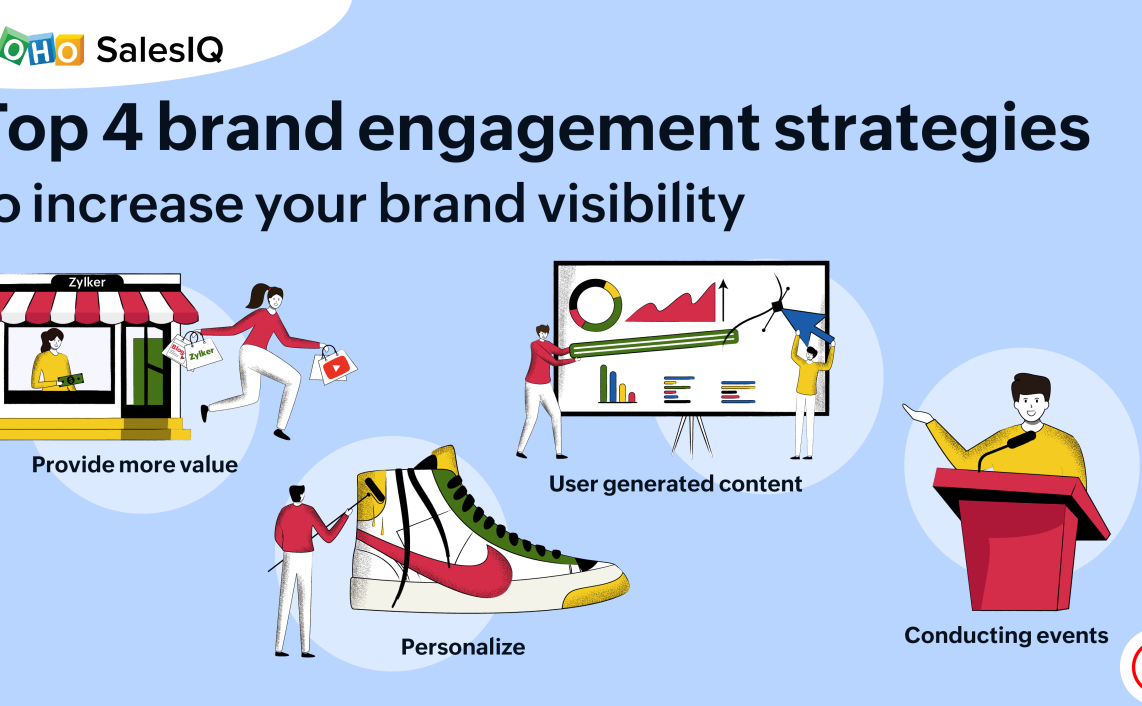Revolutionizing Patient Acquisition: Digital Marketing In Medicine

Executive Summary

The healthcare industry is witnessing a paradigm shift as digital marketing emerges as a formidable force in patient acquisition. By embracing innovative digital strategies, healthcare providers can effectively reach, engage, and convert potential patients, fostering better health outcomes and driving practice growth.

Introduction
The proliferation of digital technologies has transformed the way individuals access healthcare information and make healthcare decisions. Today, patients actively seek information online, conduct research, and compare treatment options before choosing a healthcare provider. Digital marketing offers a powerful platform to connect with these tech-savvy patients, establishing trust, building relationships, and ultimately driving patient acquisition.
Subtopics
Search Engine Optimization (SEO)
SEO optimizes a healthcare provider’s website and online presence to improve its visibility and ranking in search engine results pages (SERPs).
- Conduct keyword research: Identify specific terms prospective patients use when searching for healthcare services.
- Optimize website content: Create high-quality, informative content that incorporates relevant keywords.
- Build backlinks: Obtain links from reputable websites to enhance credibility and authority.
Content Marketing
Content marketing involves creating and distributing valuable, engaging content that informs, educates, and nurtures potential patients.
- Develop targeted content: Create content that addresses specific patient needs, interests, and concerns.
- Utilize various content formats: Leverage blogs, articles, videos, infographics, and social media posts to reach different audiences.
- Promote content through multiple channels: Share content on the website, social media, email, and other distribution platforms.
Social Media Marketing
Social media platforms offer an invaluable channel for healthcare providers to connect with prospective patients, build relationships, and drive engagement.
- Establish a strong presence: Create profiles on relevant social media platforms and maintain regular activity.
- Engage with followers: Respond to comments, answer questions, and share valuable content to foster engagement.
- Utilize social media advertising: Leverage targeted advertising to reach specific audiences with personalized messages.
Email Marketing
Email marketing remains a highly effective channel for nurturing leads, building trust, and promoting healthcare services.
- Build an email list: Collect email addresses through website forms, social media, and other channels.
- Segment email list: Divide the audience into specific groups based on demographics, interests, or behavior.
- Create targeted email campaigns: Send personalized email messages tailored to the specific needs of each segment.
Pay-Per-Click (PPC) Advertising
PPC advertising allows healthcare providers to display ads within search results and on other websites, generating immediate traffic and visibility.
- Identify targeted keywords: Choose keywords related to specific healthcare services or patient demographics.
- Create compelling ad copy: Write clear, concise, and persuasive ad copy that entices clicks.
- Optimize landing pages: Create dedicated landing pages that provide relevant information and guide visitors to take action.
Conclusion
Digital marketing has revolutionized patient acquisition in medicine, empowering healthcare providers to effectively reach, engage, and convert potential patients. By implementing a comprehensive digital marketing strategy that encompasses SEO, content marketing, social media marketing, email marketing, and PPC advertising, healthcare professionals can optimize their online presence, build strong relationships with patients, and drive practice growth.
Keyword Tags
- Digital Marketing
- Patient Acquisition
- Healthcare Marketing
- Medical SEO
- Content Marketing







